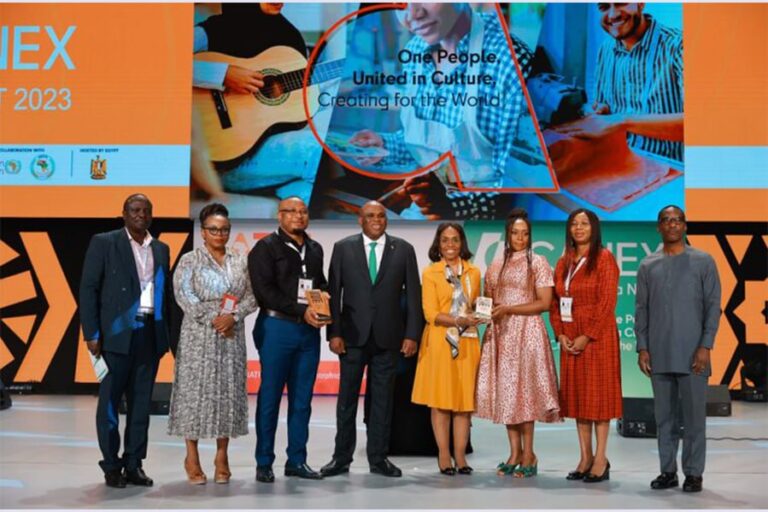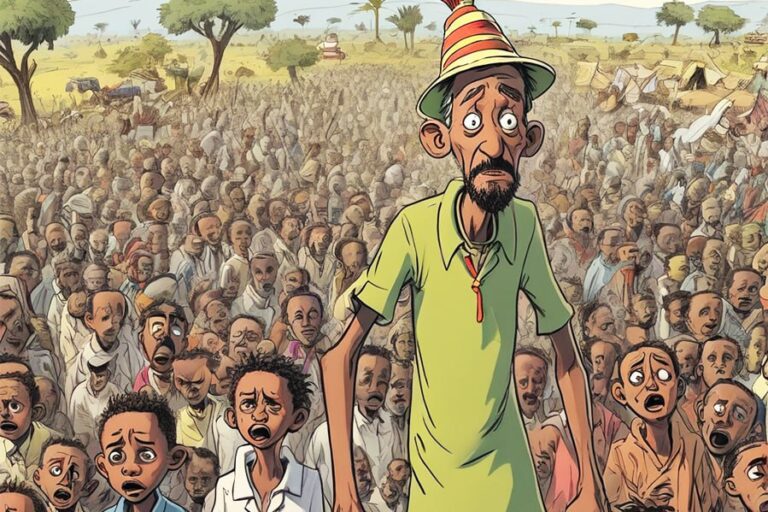The migration patterns in the East and Horn of Africa (EHoA), a region including 18 countries, are profoundly influenced by challenges ranging from armed conflicts, political instability to environmental degradation, climate change, and scarce economic opportunities. This geographic expanse serves as a source, transit, and destination for migrants, recording 7.7 million international migrants as of 2020. Groups on the move are diverse: migrant workers, asylum seekers, and refugees but they often follow similar pathways, in which the eastern route leads to Yemen and the Gulf, the southern route heads towards South Africa, and the northern passage towards the Maghreb region and Europe.
Migrant workers from the EHoA region often find themselves predominantly in low-skilled employment in destination countries due to several hurdles, including unrecognised qualifications and skills, limited access to quality education and vocational training, as well as limited proficiency in the local languages prior to departure that meets the needs and requirement of destination countries. For those with irregular status, challenges are even more pronounced. Legal restrictions often limit them to options to work in informal sectors where they are vulnerable to exploitation that they are often too fearful to report due to the potential repercussions such as deportation. In addition, employers in these sectors may leverage the migrants’ lack of legal status to offer low wages and substandard working conditions without adequate legal protections.
Despite their contributions to the labour markets in their destination countries, migrant workers often cannot participate in social protection systems of their host countries because of legal barriers that prevent them from making contributions to for example pension systems or for health insurance. Often times they cannot continue ‘take with them’ social protection benefits which they were receiving in the country of origin because there are no legal and administrative arrangements between country of origin and the country of destination for social protection benefits portability. This exposes them to various forms of vulnerabilities during their working life, for example working when they are sick as they cannot afford to lose income, to pay for medication or health care or they can become disabled due to work injury and cannot get compensation. The impact of the lack of the exclusion from legal coverage and participation in social insurance systems has impact in their old age too- they have no income. Also, the complex and time-consuming application processes for social protection benefits in cases when legislation is inclusive of migrant workers may discourage them from seeking the assistance they require legally. Migrant workers may have acquired rights in the country of origin, but these rights do not migrate with them to the host country because countries do not have agreements on portability of social protection benefits. Thus, social protection legislation, policies and services that increase awareness of migrant workers about their rights to social protection and support them to access rights in the host country and the country of origin are crucial in addressing these vulnerabilities.
Social protection includes access to health care and income security, particularly in relation to old age, unemployment, sickness, disability, work injury, maternity or loss of a main income earner, as well as for families with children ensuring a foothold that guards against poverty and social exclusion. Access to social protection for all, including migrant workers and their families, is among the priorities of the United Nations (UN) 2030 Agenda for SDG. However, substantial gaps in coverage exist worldwide. According to the International Labour Organization (ILO) , only 47 per cent of the global population are effectively covered by at least one social protection benefit, while 4.1 billion people (53 per cent) obtain no income security at all from their national social protection system.
For migrant workers, the limitations in accessing social protection are compounded by legal and practical barriers. These include restrictions based on their nationality or status, short durations of employment, limited awareness of rights and entitlements, and the complexities involved in the transfer of social security benefits across borders. These issues are recognised in international frameworks, such as the 2018 Global Compact for Safe, Orderly and Regular Migration, which emphasises the importance of ensuring social protection for migrant workers.
The framework argues the imperative of extending social protection to migrant workers. Such measures not only safeguard their rights but also enhances their well-being by providing access to essential services, such as healthcare and education, irrespective of their nationality or migration status. Hence, addressing the unique challenges faced by migrant workers, particularly those in low-skilled and informal sectors, requires the implementation of comprehensive strategies and measures that remove the barriers migrant workers face in accessing social protection
Countries of origin and destination are encouraged to ratify and implement relevant ILO conventions and recommendations; develop national policies that include social protection floors for all, including migrant workers; address the discrimination inherent in existing laws and ensuring compliance with social security laws; enforce social security agreements that coordinate social security systems enable portability of rights across borders; and raise awareness among migrant workers about their rights and entitlements is crucial for empowering them to advocate for themselves effectively. Bilateral Labour Agreements (BLAs) and should also incorporate social security provisions to extend social protection to migrant workers and their families. Social Security Agreements (SSA) are specific tools that focused on access to social protection and portability of benefits.
Comprehensive legislative and administrative frameworks that take into account diversity and complexity of statuses of nationals and non-nationals and inclusive social protection policies based on principles of non- discrimination and equality of treatment uphold the dignity and rights of migrant workers. These measures further contribute to the broader goals of reducing poverty and inequality, as outlined in the UN 2030 Agenda for Sustainable Development, protecting migrant workers and realizing a more equitable and sustainable global society.
Yonas Berhané is Communications Officer, Better Regional Migration Management (BRMM) Programme at ILO






